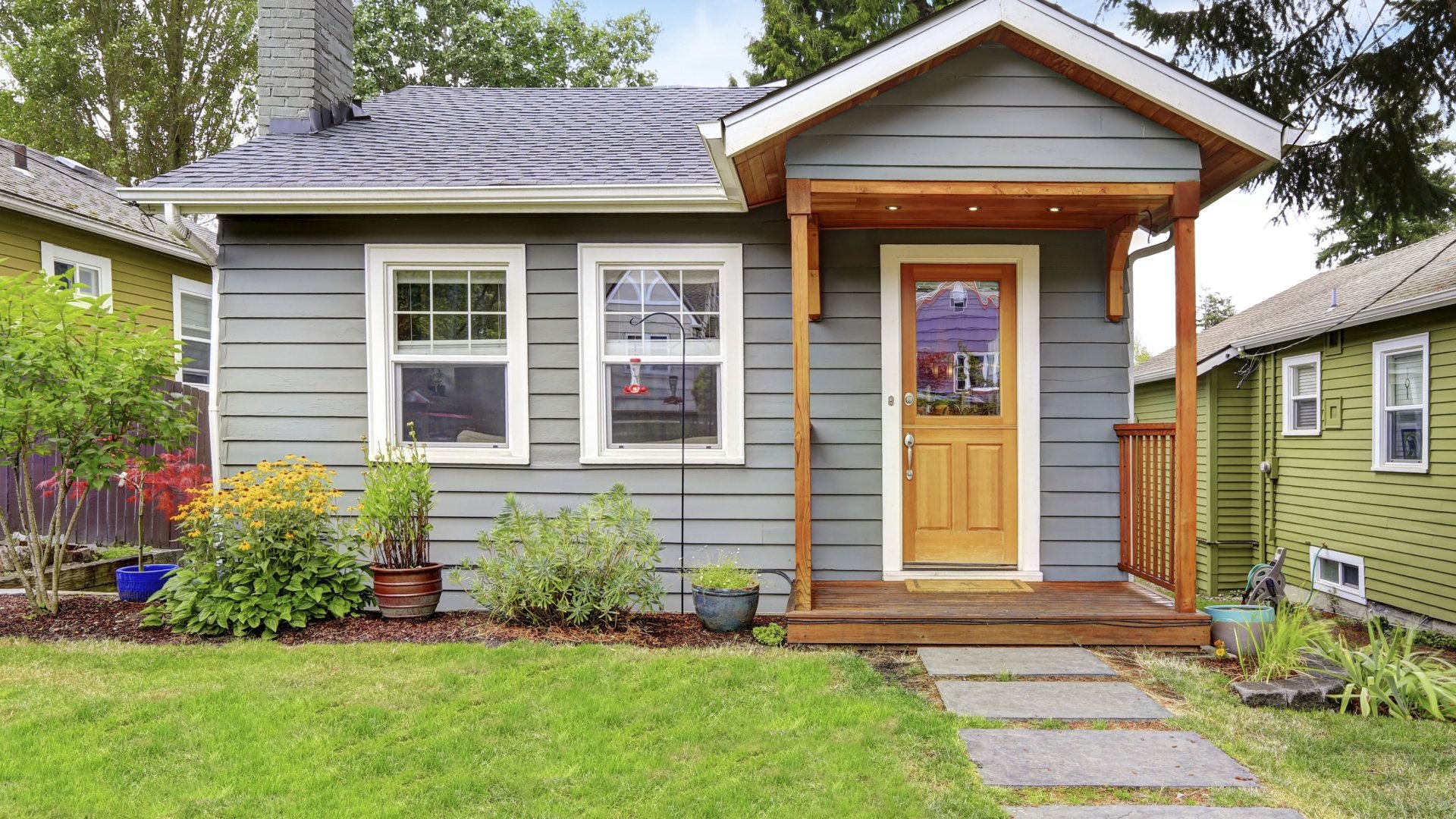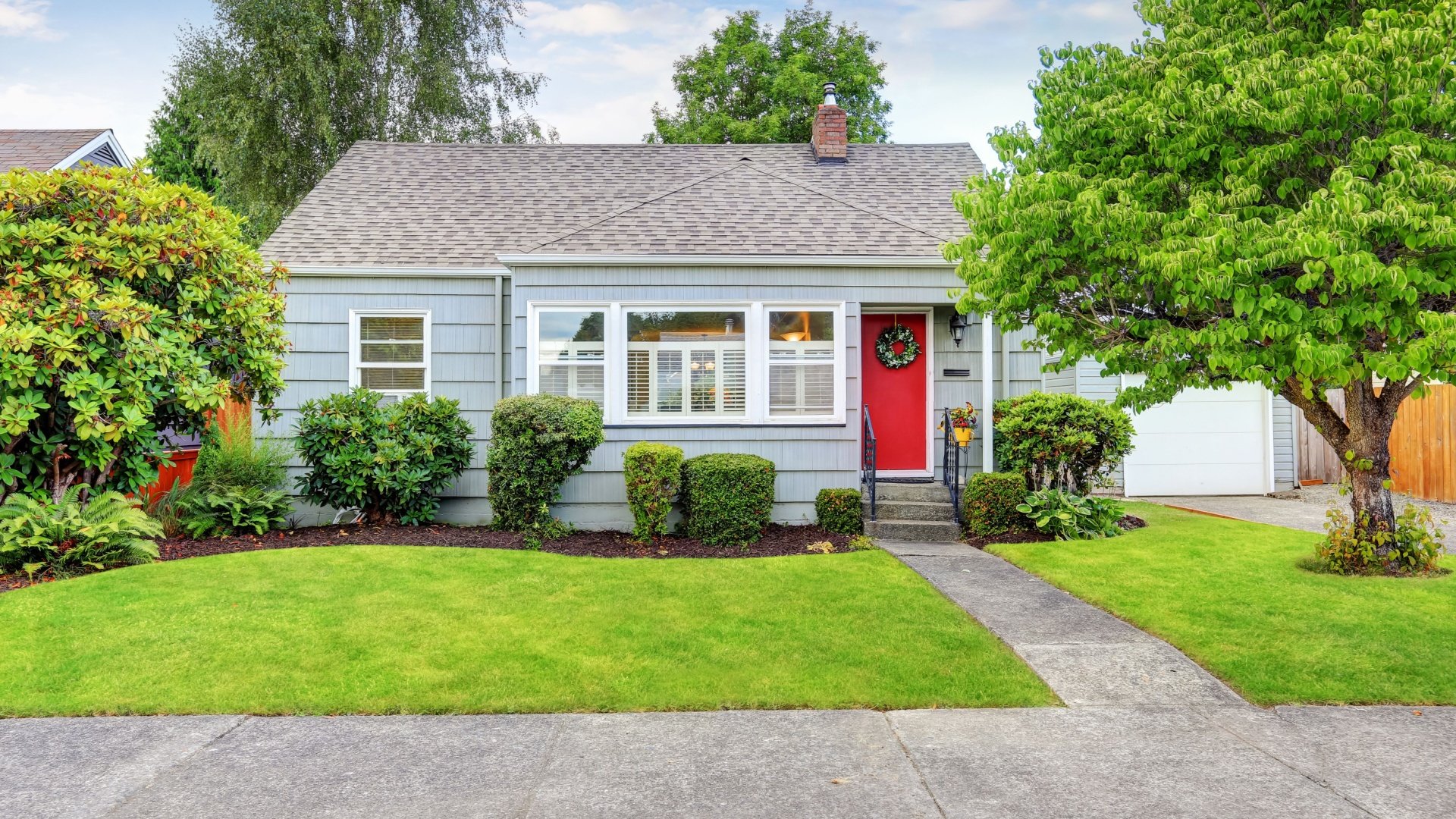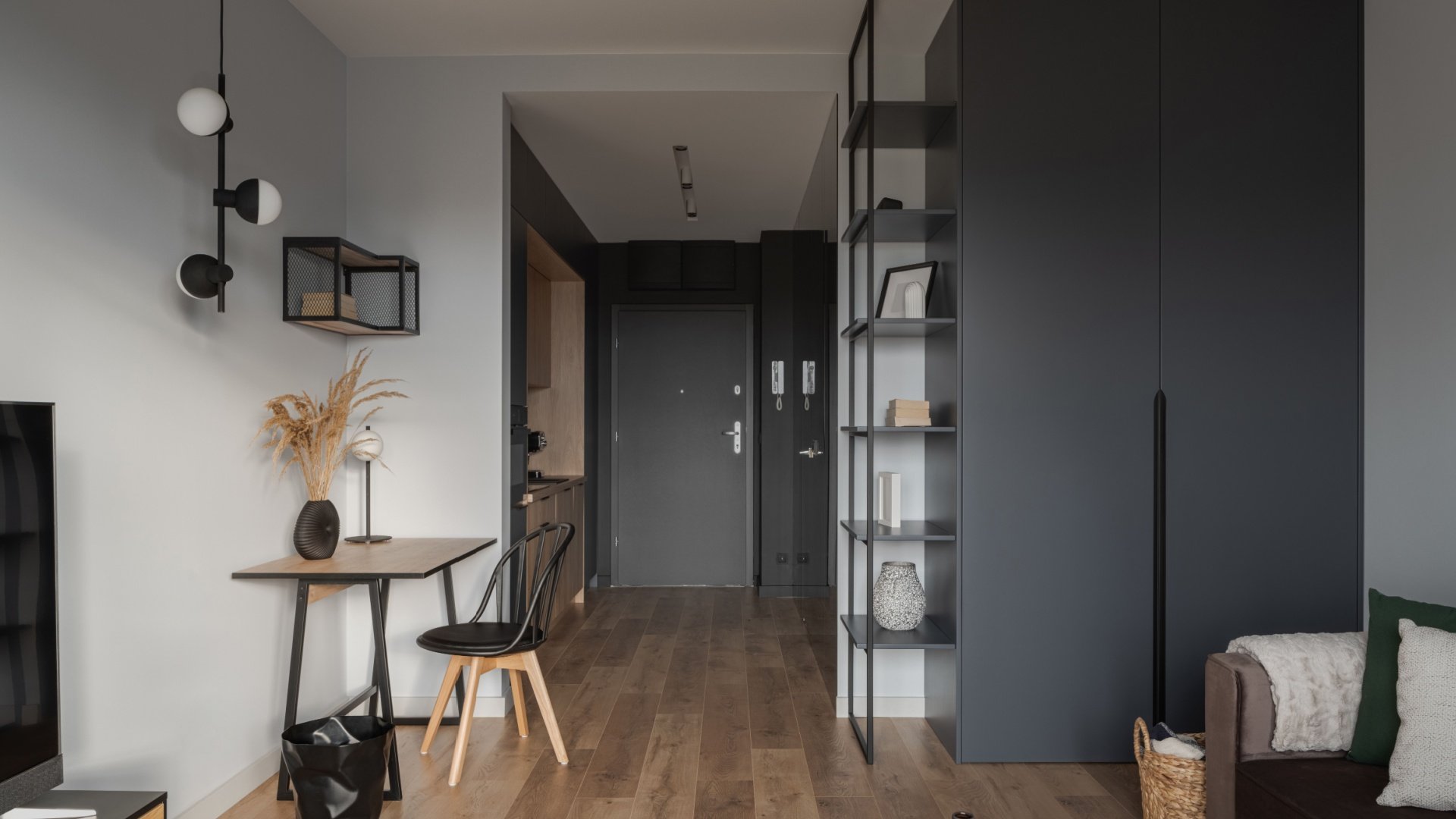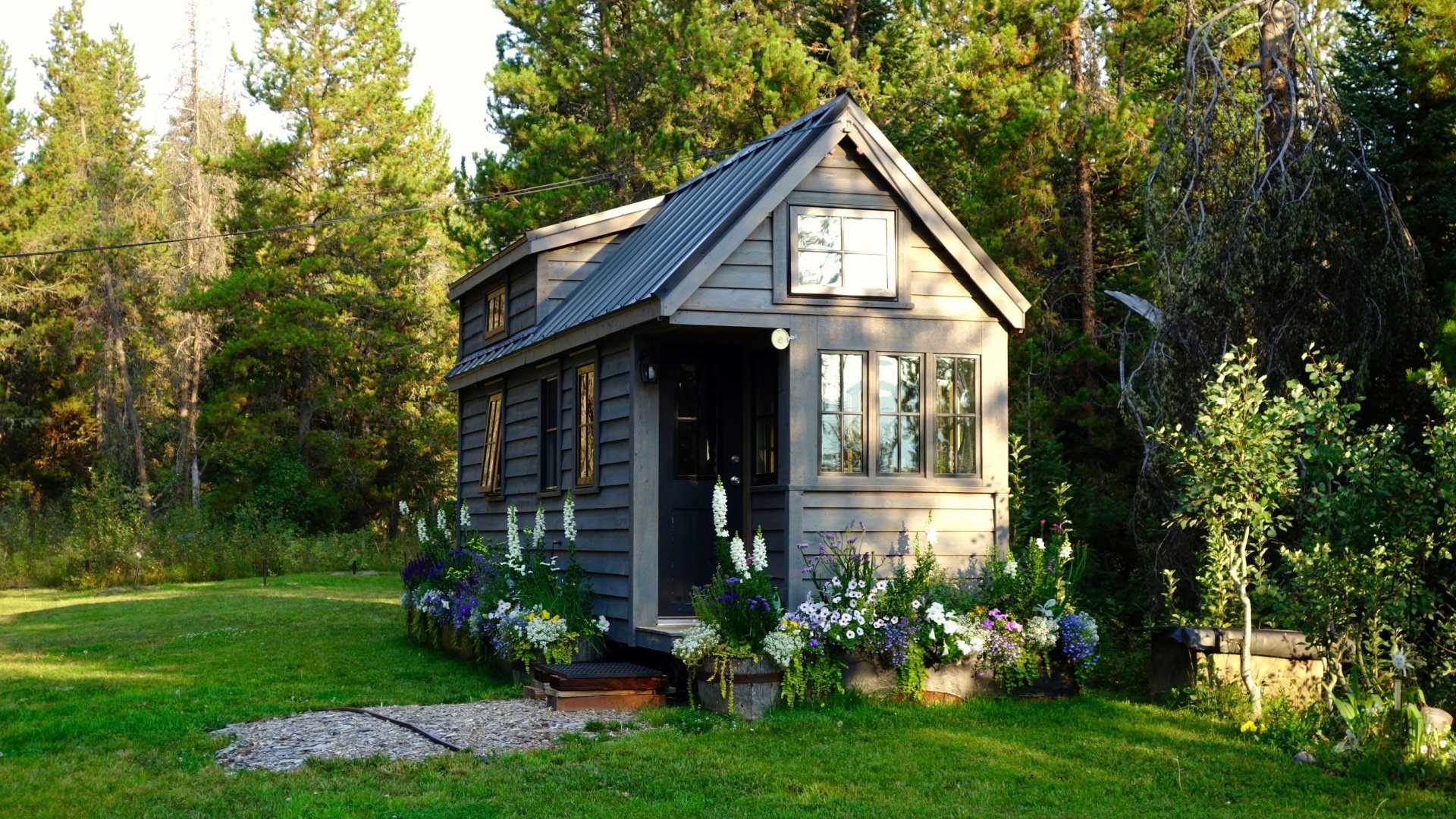Across the country, more Americans are rethinking what enough space really means.
High prices and mortgage rates are pushing people to downsize, but so are changing lifestyles.
For many, a smaller home isnt a sacrificeits a smarter fit.

Shutterstock
The Trend Toward Smaller Homes
There is strong evidence that American homes are shrinking.
Thats a drop of nearly 300 square feet equivalent to losing two decent-sized rooms.
Builders have taken notice.

This means newly constructed houses arent as large as they used to be, matching buyers scaled-back preferences.
ft. home, but now theyre looking for around 2,067 sq.
Even data from the frenzied pandemic market shows a reversal toward smaller homes.

In 2020 and 2021, many buyers upsized, seeking more space while working and schooling from home.
But by early 2022, that trend had flipped.
In March 2022, the typical home under contract was 1,720 sq.

Simply put, faced with higher costs, people began settling for less space.
When interest rates shot up, buyers found they had to lower their sights on square footage.
With monthly payments much higher, many families simplycannotfinance as large a house as before.

Affordability and Inflation: Beyond mortgages, the overall cost of living has risen with inflation.
A bigger house means bigger bills from heating and cooling more square footage to higher property taxes and maintenance.
Many buyers are wary of the ongoing maintenance costs of a large home.
Choosing a smaller home can save money on utilities and upkeep.
There are more people living alone or with just one other person than ever before.
About one-third of recent home buyers are single (unmarried) individuals.
Lifestyle and Preference Shifts: Tastes are evolving.
Many people today prioritize quality over quantity of space.
Theyd rather have a cozy, well-designed home with modern amenities than a McMansion with unused formal rooms.
This sentiment is even stronger for older generations about 70% of baby boomers would make that trade-off.
For many, a smaller home means a simpler lifestyle less clutter to manage and fewer rooms to clean.
Economic Uncertainty: In times of uncertainty, people tend to be cautious about big purchases.
A huge house can feel like a risky investment when the economy is shaky.
Many millennials and Gen Z buyers are burdened with college loans and struggled to save a big down payment.
Taking on a massive mortgage for a big home is less attractive in such cases.
Single-Family Homes
Traditional detached houses are shrinking in size.
For newly built single-family homes, the median dropped to about 2,200 sq.
ft. in 2023, and then to 2,150 sq.
ft. in 2024 marking the smallest median size in 15 years.
Builders say this is a direct response to buyer needs in an era of high costs.
Instead of McMansions, developers are focusing on smaller layouts that can be offered at lower prices.
ft., roughly 1,000 sq.
ft. less land than 15 years ago.
They now make up about 17% of all new single-family homes up from only 10% in 2009.
This makes them attractive to budget-conscious buyers.
Many baby boomers spent decades in larger family houses and are now empty nesters.
NAHB data show boomers on average are seeking homes around 1,869 sq.
ft. now, significantly less space than what younger groups want.
However, not all boomers have downsized yet.
Many still live in the large homes they raised families in sometimes because of financial incentives to stay put.
As a result, millennials have had to buy later and buy smaller.
According to NAHB surveys, millennialssaythey would like a home around 2,400 sq.
ft. on average (which is bigger than what older generations say they want).
This makes sense, as many millennials have young children or plan to.
Gen Z buyers tend to be budget-conscious and open-minded about housing options.
In general, Gen Zs desired home size (when money is no object) is around 2,250 sq.
ft., similar to Gen Xs preferences.
Its very common for the first home purchase to be a small house, townhouse, or condo.
ft. smaller than the typical new construction home.
That often meant choosing a smaller property as a trade-off.
Home Size Trends Over Time
For much of the past century, American homes steadily grew larger.
As the economy prospered in the 1980s and 1990s, houses ballooned in size.
By 2000, the average new American home was around 2,000 sq.
ft., and it kept growing into the 2000s.
The peak came in the mid-2010s: 2015 set a record for new home size at roughly 2,470 sq.
However, the trend did not continue in a straight line.
Now, in the 2020s, were seeing a clear reversal.
In fact, 2023s median (around 2,179 sq.
ft.) was the smallest since 2010.
One might think that working from home would make people want more space.
The Future of American Home Sizes
What does the future hold for home sizes in America?
The chief reason is housing affordability.
Many will inevitably sell or leave their large homes.
Shift in Design and Features
Future homes even small ones will likely be designed smarter.
Architects and builders predict a focus on efficient use of space.
High ceilings, multi-purpose rooms, and clever storage solutions can make modest square footage much more livable.
There is also an emphasis on personalization and amenities in place of raw size.
Future homebuyers want their home to reflect their lifestyle and values.
Conclusion
The American housing landscape is undergoing a notable downsizing shift.
After decades of bigger is better, many buyers now seek better, not bigger.